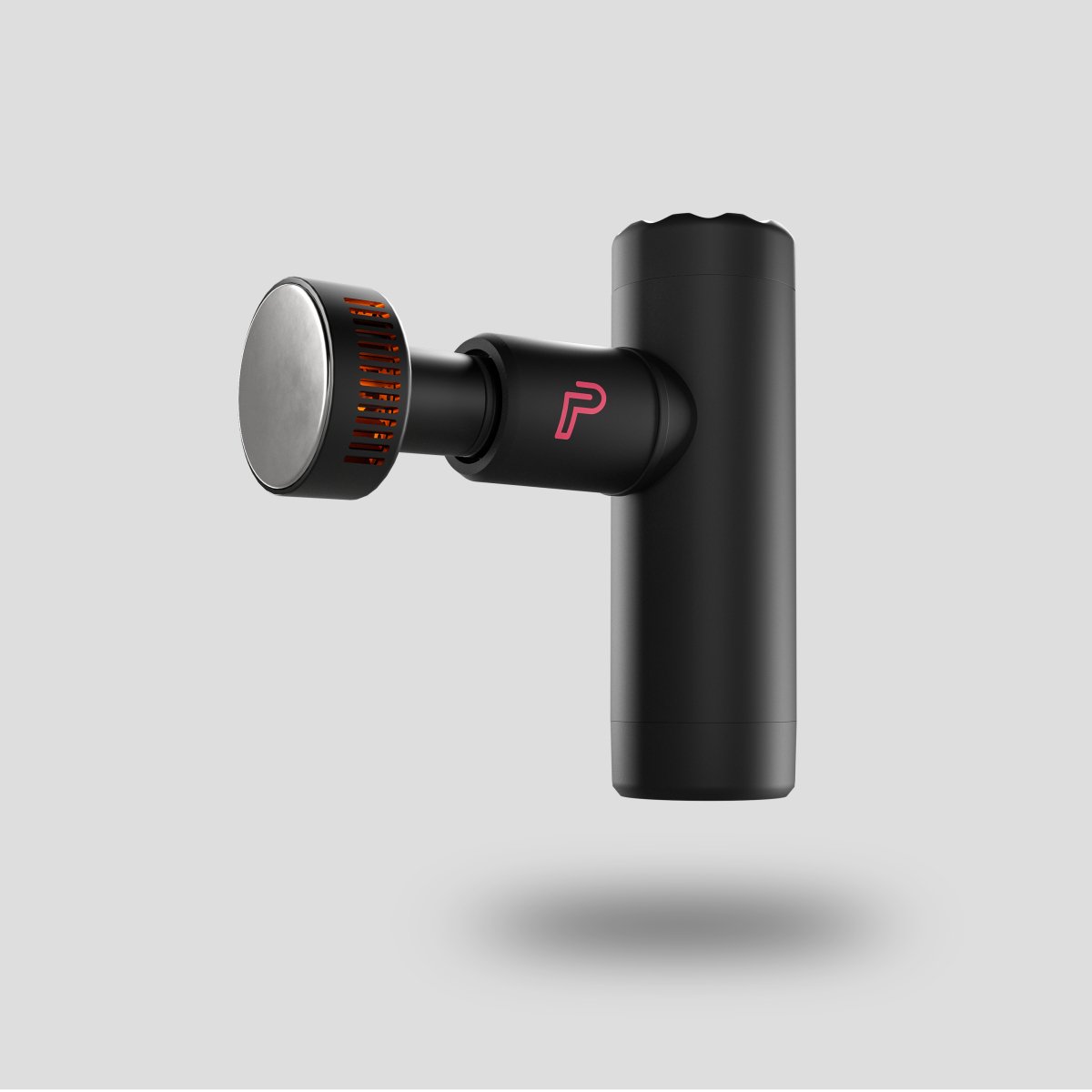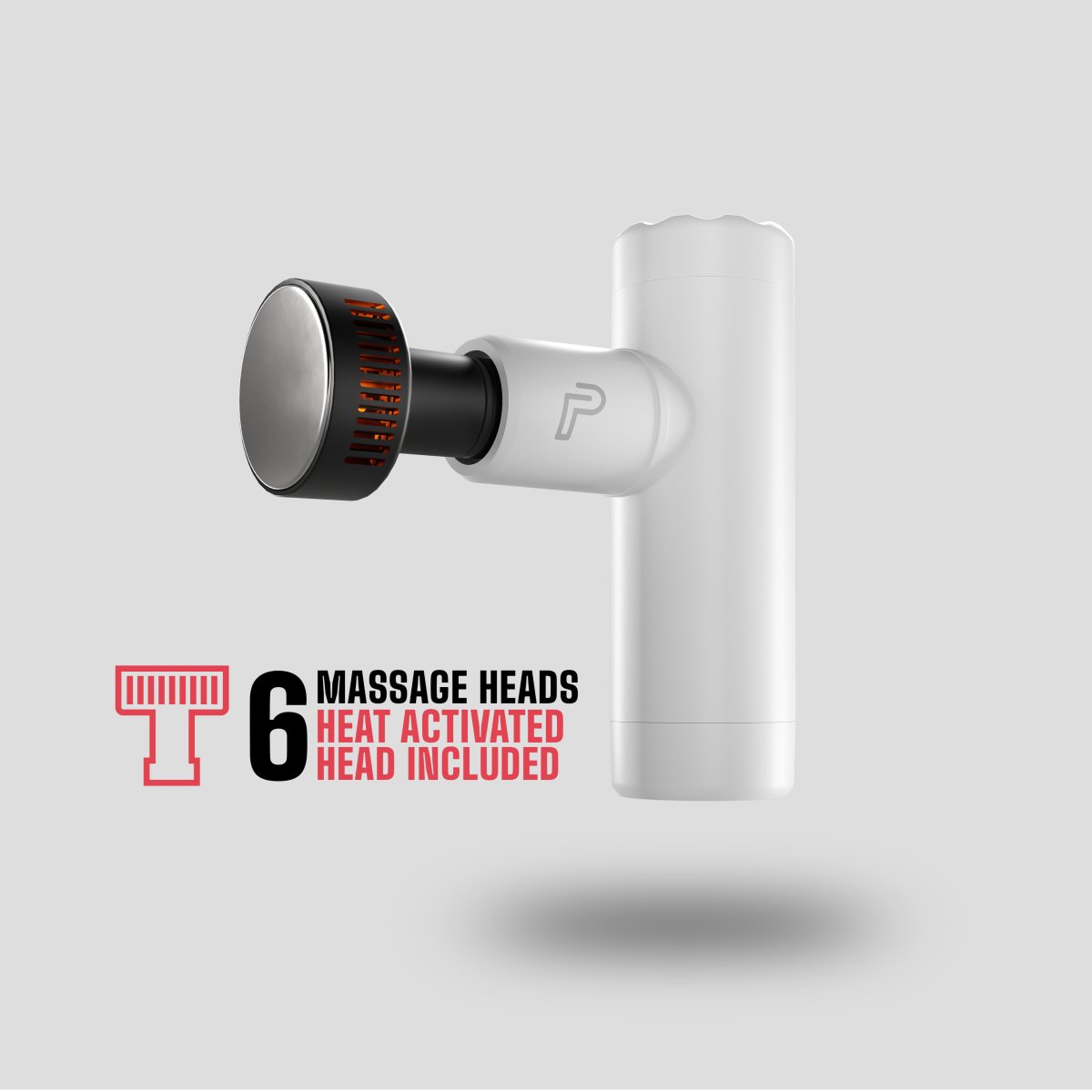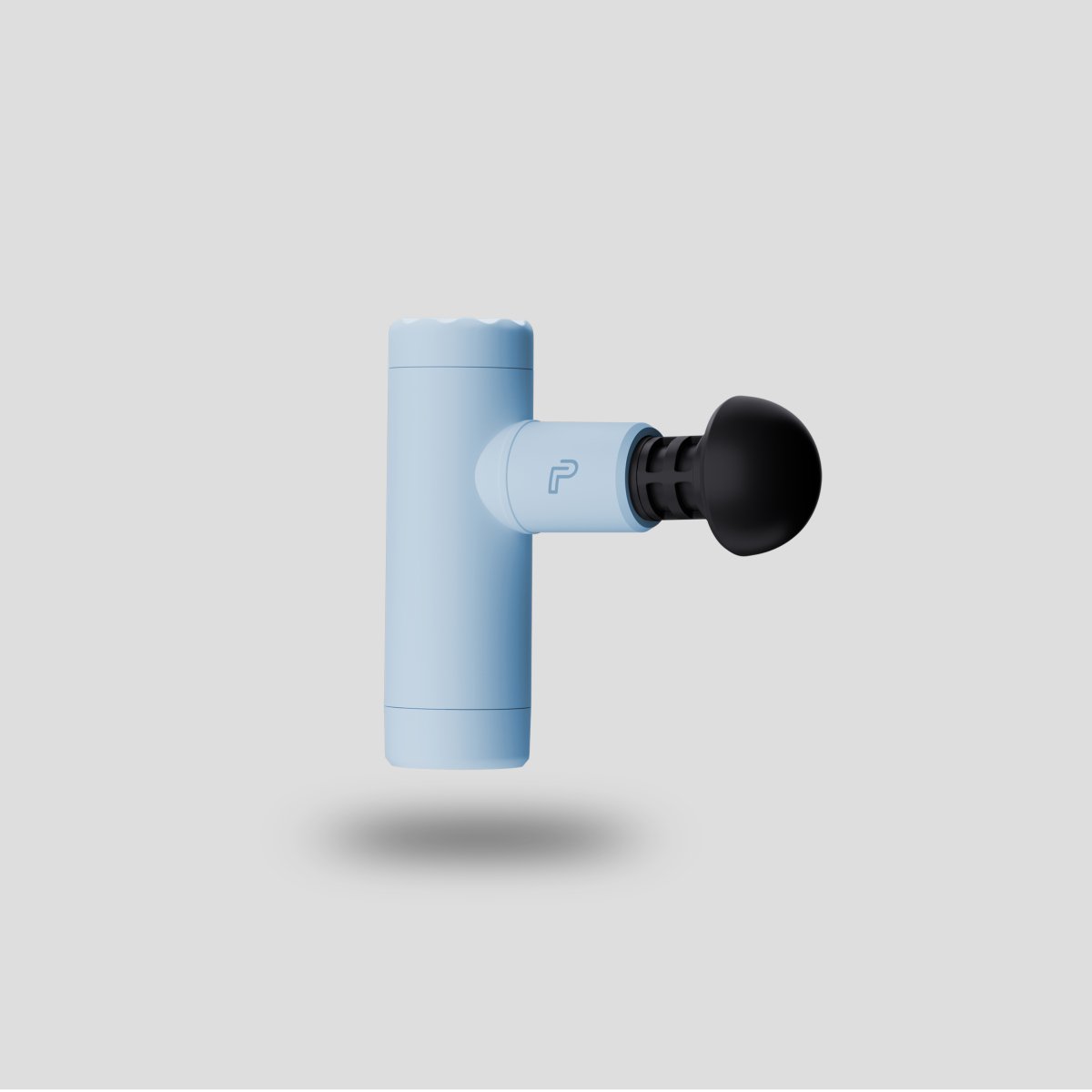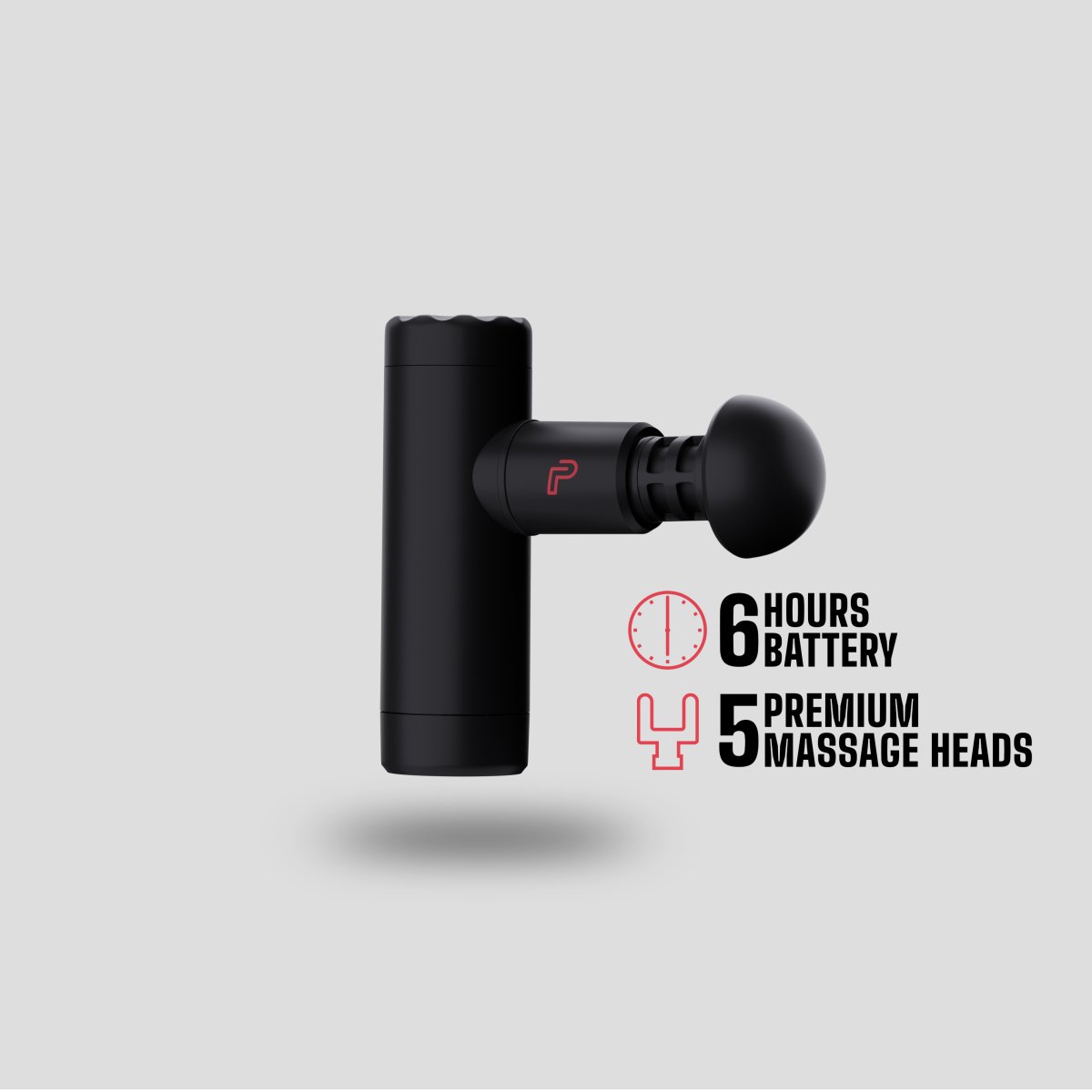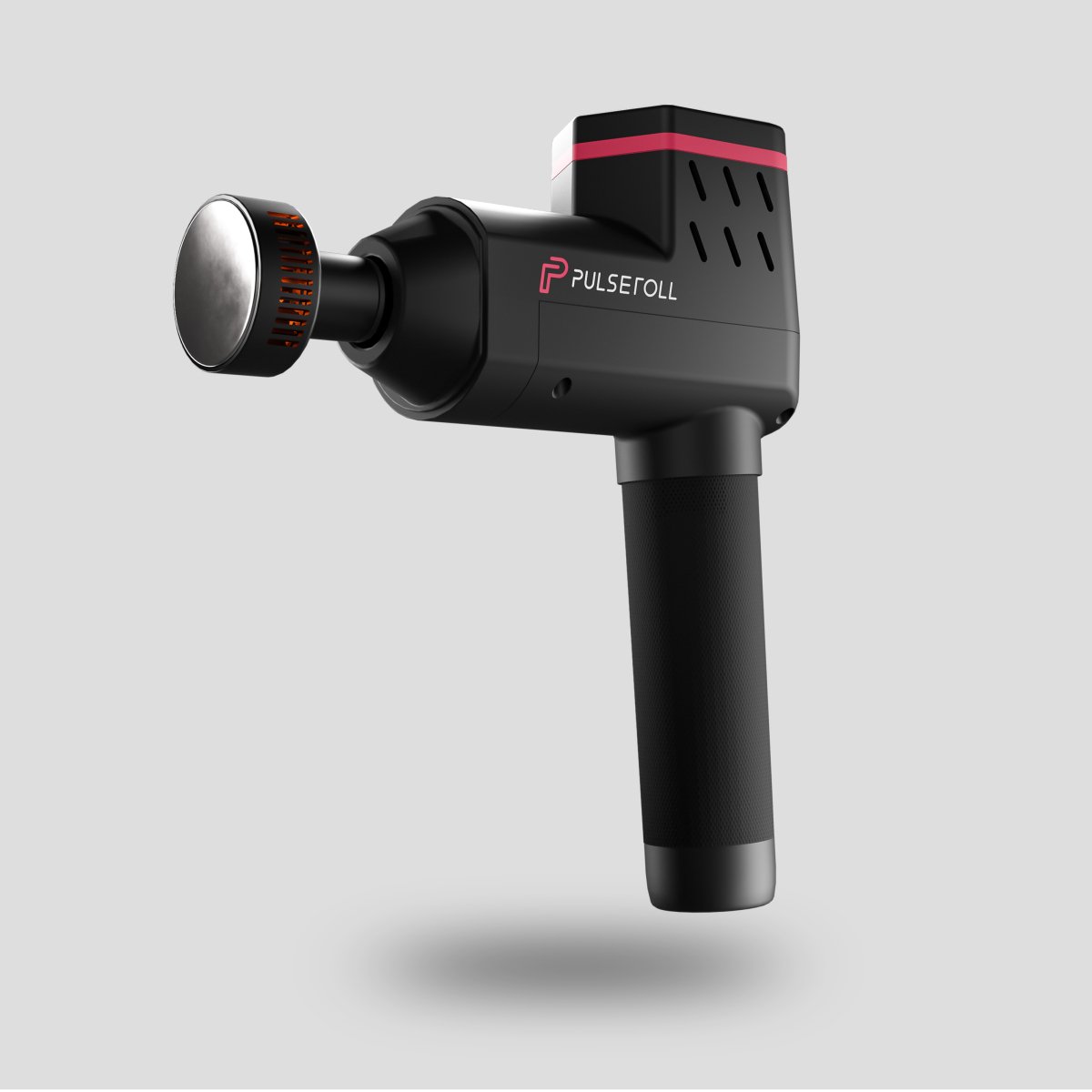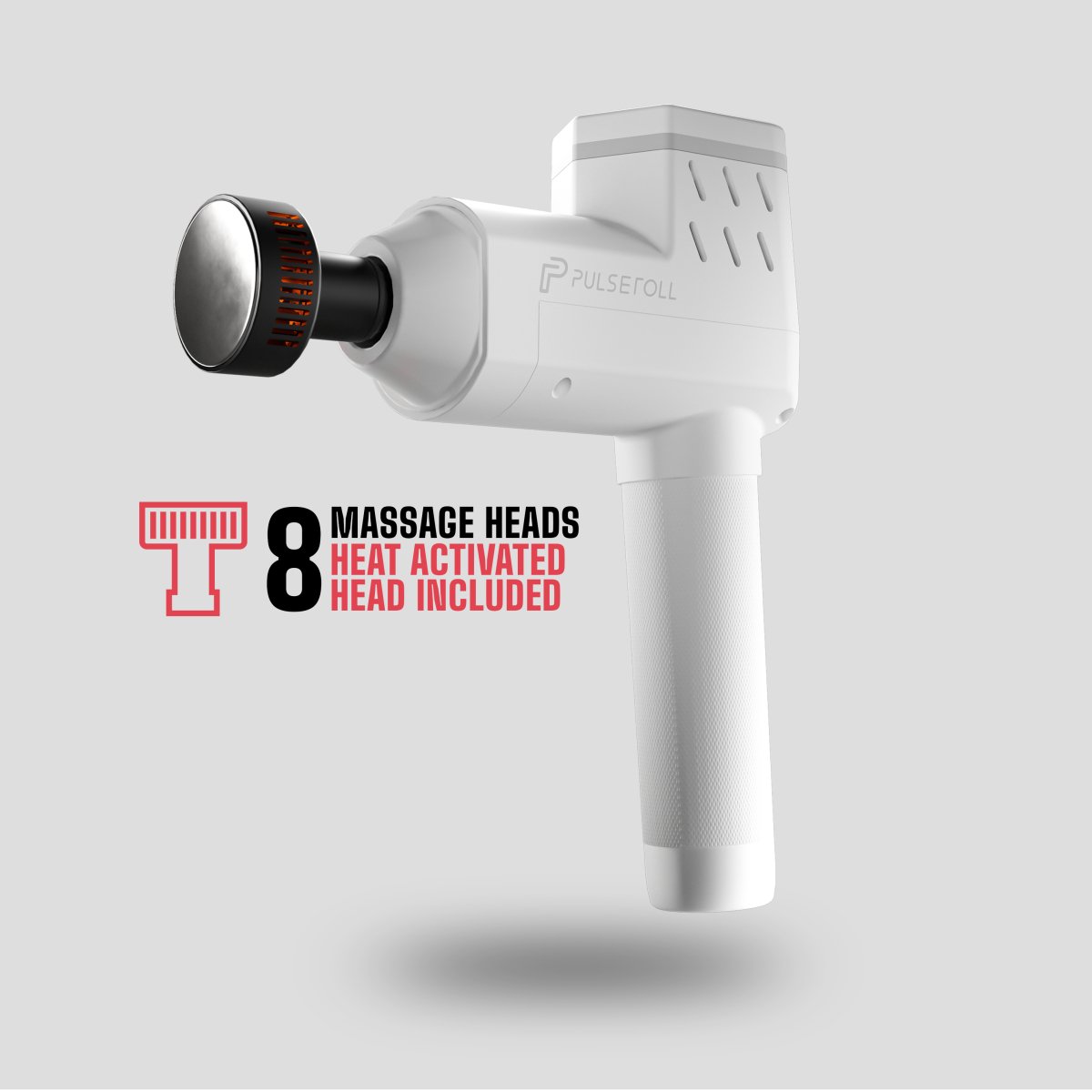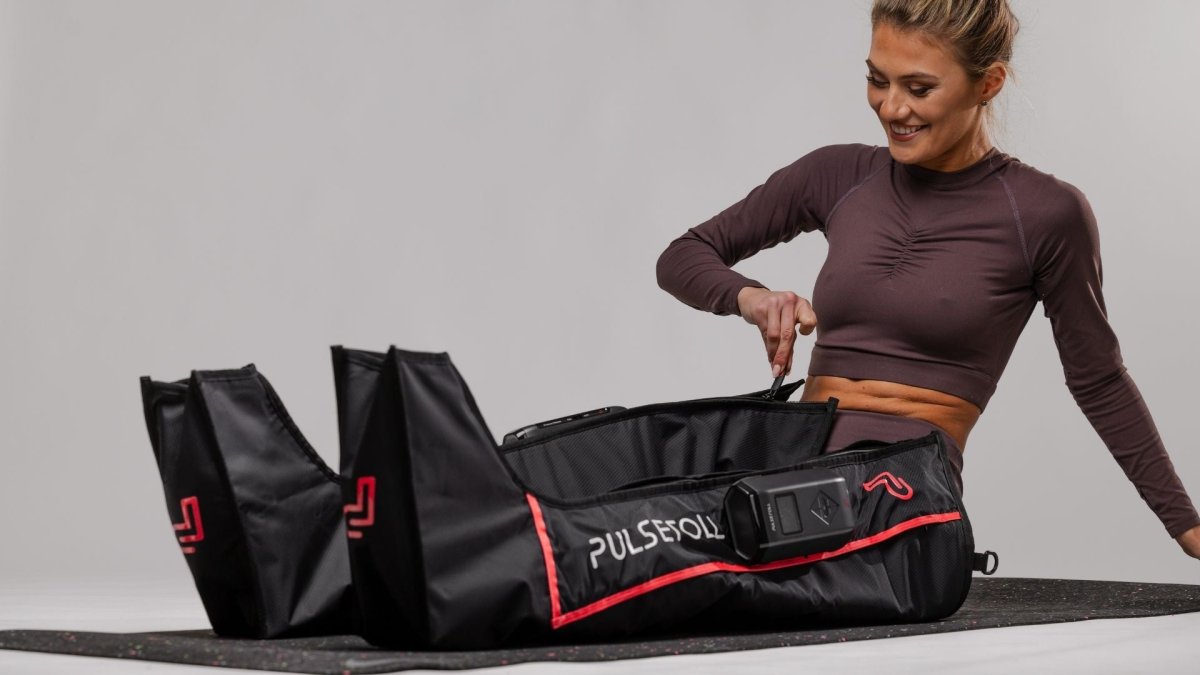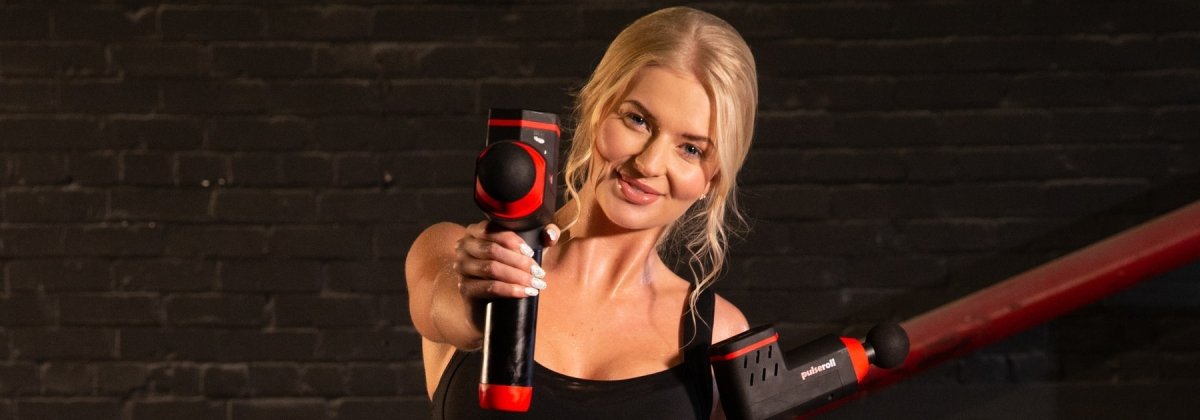The ankle is a complex joint that is heavily involved in most movements of the body during everyday activities, such as walking and running right through to complex, technical, full-body sporting movement. Most productive movement involves some part of the lower body and therefore the foot and ankle region. Reduced mobility or injury in this area will severely restrict normal everyday activities and athletic performance.
Age-related reduced mobility has been linked to falls and serious injury in elderly individuals (1) and poor range of motion negatively impacts sports performance (2). It is important therefore that we support good health in the muscles, tendons and ligaments surrounding this joint.
In this article we will cover:
Achilles tendonitis
The achilles tendon is the biggest tendon in the whole body. In fact, it’s so important that, when we discuss ankle mobility and the problems with reduced range of motion, we should dedicate a section to understanding a little more about the achilles tendon, as the problems with achilles tendonitis are very common!
Lack of ROM in a joint is often (but not exclusively) due to tightness of the surrounding soft tissues, namely muscles, ligaments and tendons. This lack of mobility causes excessive strain and pulling on the tendon which leads to overuse. Continued overuse or sudden jumps in training load can cause micro tears which, in time, lead to inflammation, the classic achilles tendonitis!
Sudden movements or very high loading can even lead to the tendon tearing or snapping, which are both very serious.
Here are some of the most common signs that your achilles could be inflamed:
- Warm to touch or red in appearance
- obvious swelling - compare each side
- Crepitus - this is a sensation or noise when you move a joint. You may experience it as clicking, cracking, crunching, grating or popping
- Pain when walking, particularly when standing on tip-toes
Treatment varies depending on the ‘grade’ of the injury but you should always seek professional advice on how to most effectively treat it. As with most musculoskeletal injuries, the best form of treatment is "prophylactic’’, which is just a big word we use in science that means ‘prevent’! So, let’s dive into the best ways to keep the risk of injury in the ankle joint to a minimum.

How can your massage gun help to improve ankle mobility?
Massage guns use percussive therapy to deliver high frequency vibrations into the muscles and surrounding soft tissues. Similar to warming up with dynamic movements before training, which take time and can lead to injury, using a massage gun passively increases local blood flow to the muscles (3) and increases the muscle length and therefore the joint range of motion (4)(5). One study observed that massage guns increased hip flexion by up to 18.5% after only 5 minutes of treatment (6).
Application of the percussion to all surrounding areas is important, this includes above and below the joint and opposition muscles on the front and back. In this case, we would want to focus on these areas:
- Underneath of the foot - Plantar Fascia and soft area on the heel.
- Calf muscles
- Shin muscle - anterior tibialis
- Gently on the top of the foot on the boney / tendinous sections
- High up on the achilles tendon
Using the gun this way is what we refer to as muscle rehab - this is an application of percussion on surrounding muscles to improve their length and reduce tension on the tendons, which eases movement restriction and reduces injury risk.

Summary
- Regular usage of a massage gun on the muscles and connective tissue around the ankle improves circulation..
- This will improve flexibility and range of motion which eases movement restrictions
- Improving mechanics of the joint this way then reduces injury risk and improves health and wellbeing.
Find out about the best ankle strengthening exercises for runners.
References
- Vandervoort, A. (1999). Ankle mobility and postural stability. Physiotherapy Theory And Practice, 15(2), 91-103.
- Panoutsakopoulos, V., Kotzamanidou, M., Papaiakovou, G., & Kollias, I. (2021). The Ankle Joint Range of Motion and Its Effect on Squat Jump Performance with and without Arm Swing in Adolescent Female Volleyball Players. Journal Of Functional Morphology And Kinesiology, 6(1), 14.
- Percival,S., Stebbings, G., Simms, D (20210 Local vibration therapy increases oxygen re-saturation rate and maintains muscle strength following exercise-induced muscle damage Journal of athletic training
- Martin, J. (2021). A critical evaluation of percussion massage gun devices as a rehabilitation tool focusing on lower limb mobility: A literature review.
- Byrne, P., Aquino, M., Spor, C., Virginia, J., Diaz, J., Mullin, R., Petrizzo, J., Otto, R., & Wygand, J. (2020). The Effect Of Percussive Massage Versus Foam Rolling Aided Warmup On Vertical Jump Performance. In Medicine & Science in Sports & Exercise (Vol. 52, Issue 7S, pp. 1047–1047).
- Guzman, S., Blanchet, D. A., Cook, L., Herrera, S., McCauley, M., & Pritchard, W. The effects of a single percussive therapy application on active lower body range of motion.






